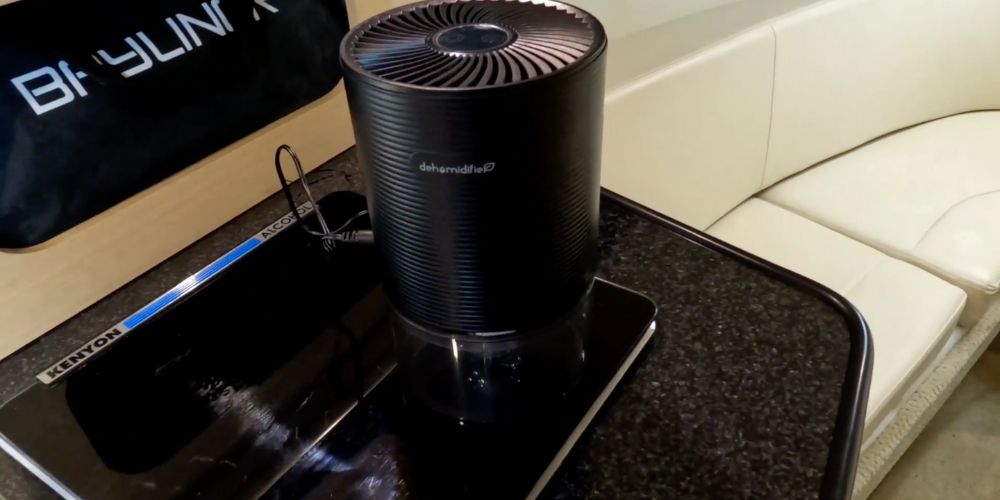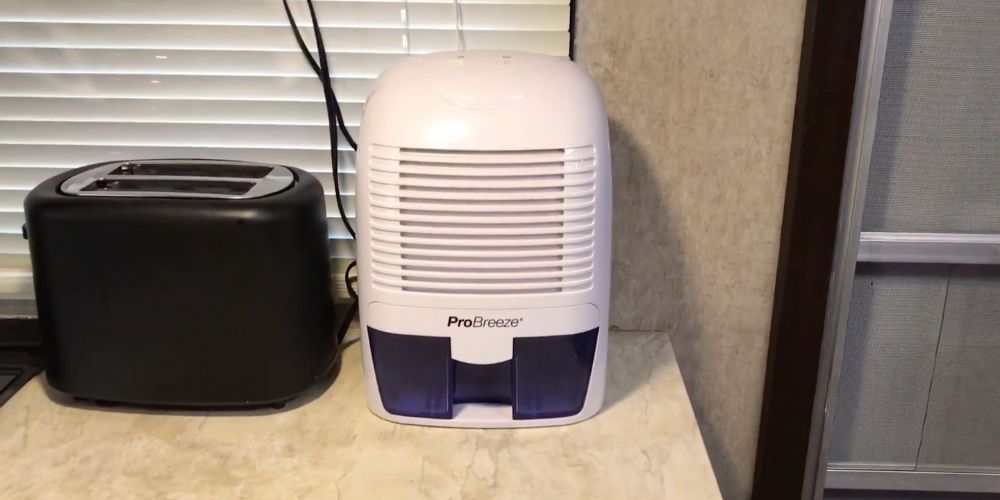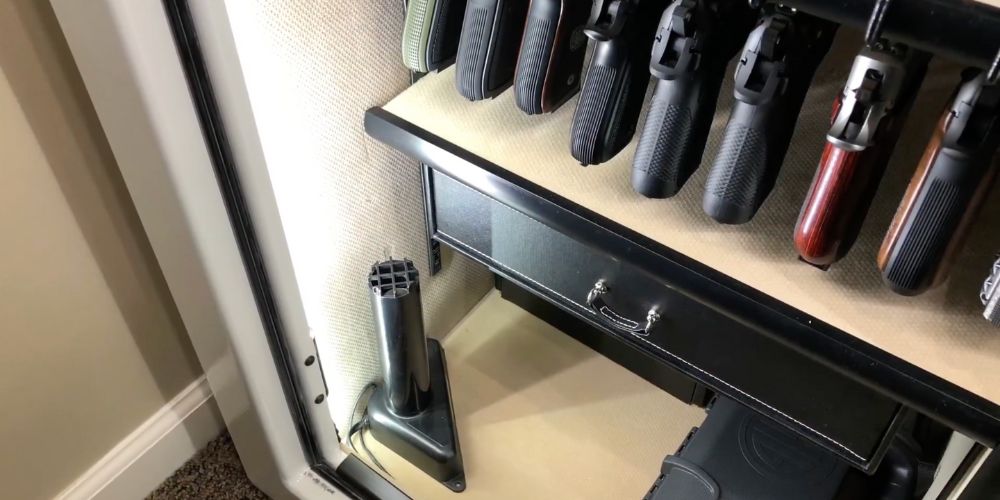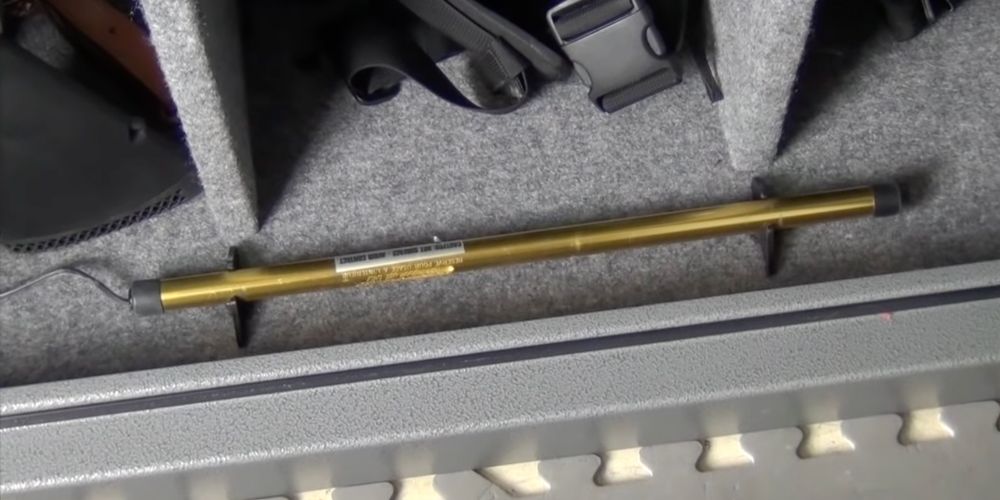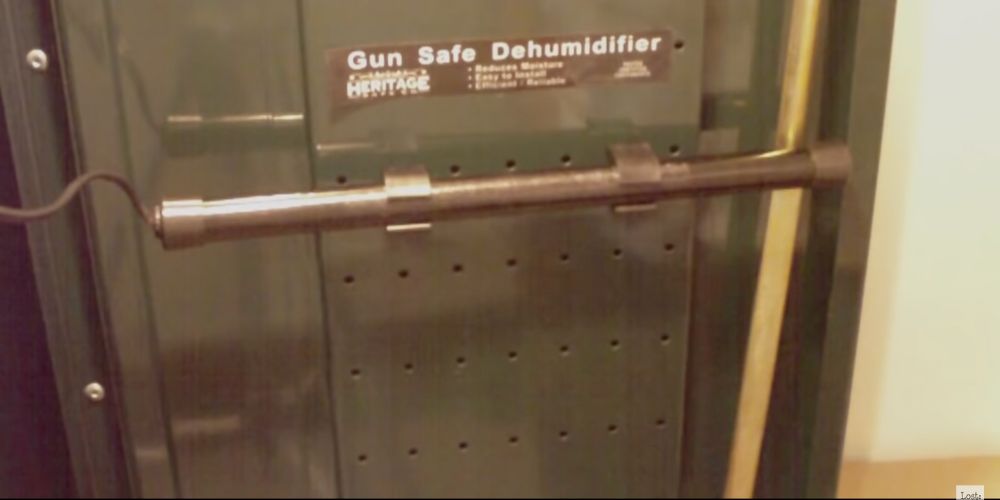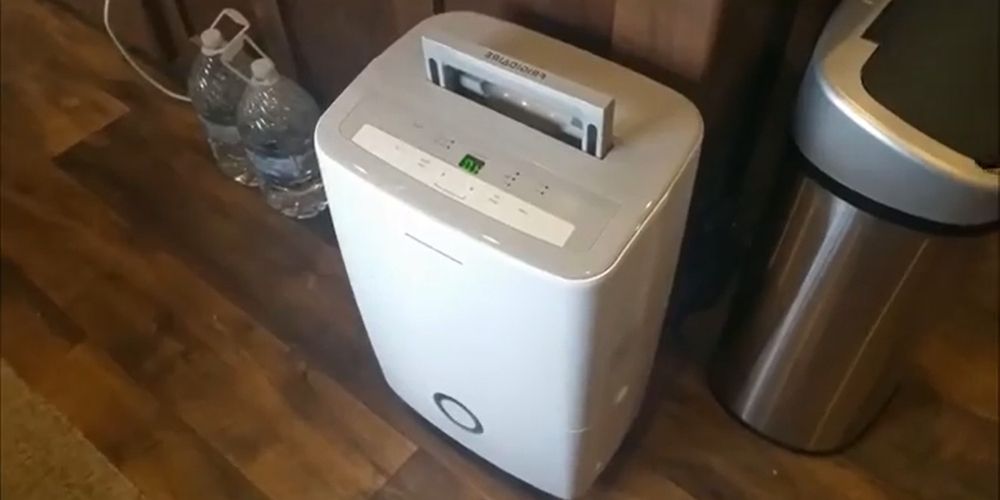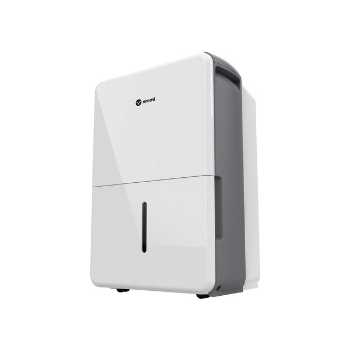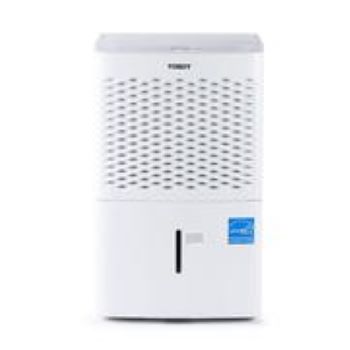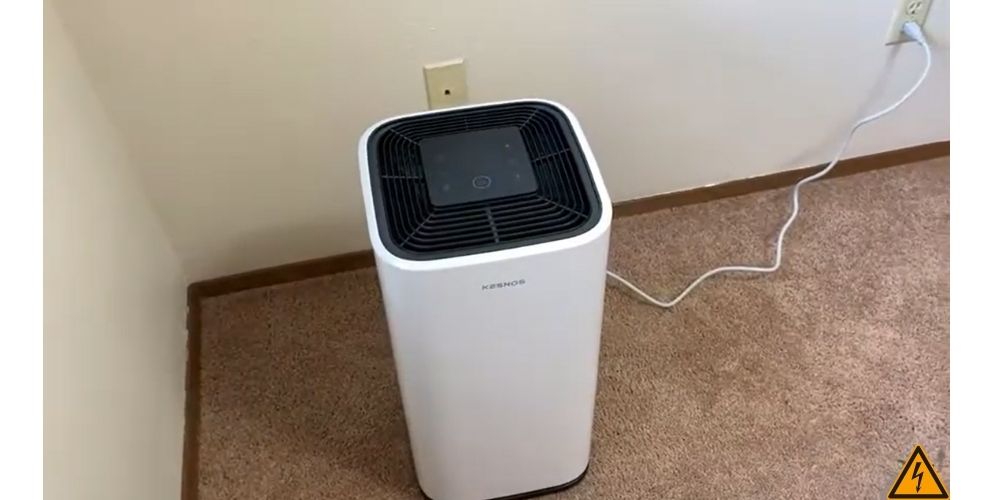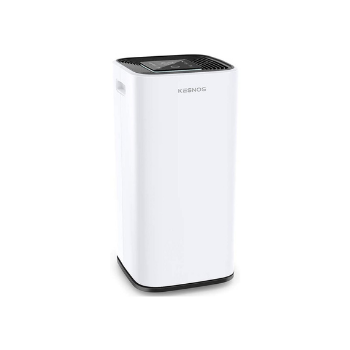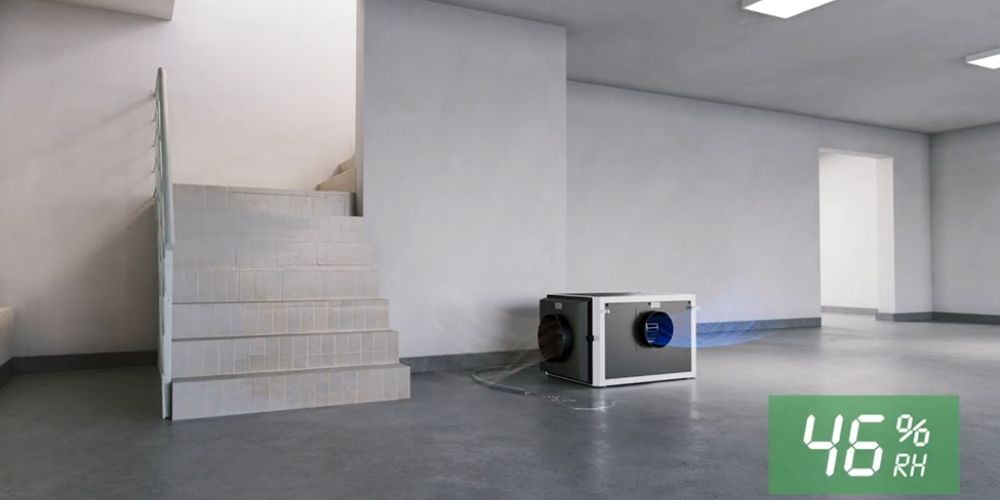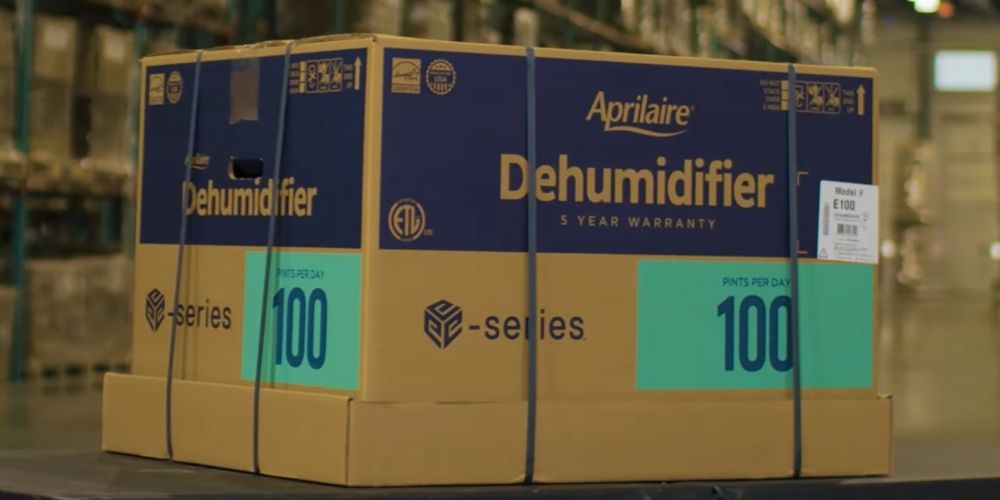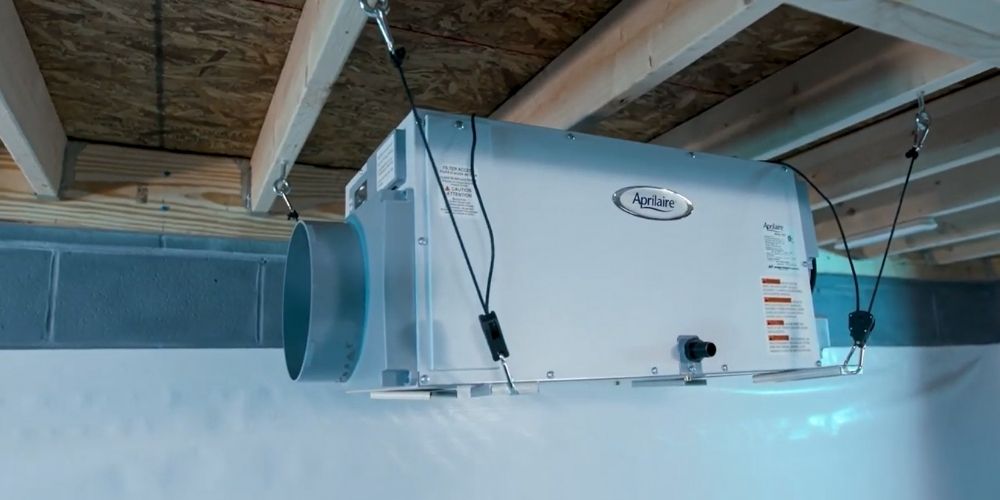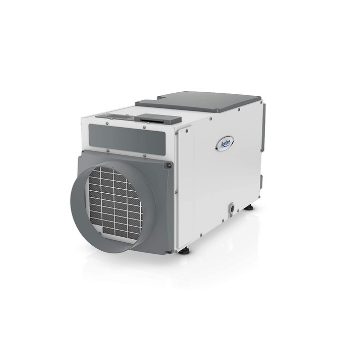Are whole house dehumidifiers worth it?
3 Key Takeaways:
🚀 Whole house dehumidifiers are designed to remove excess moisture from the air and maintain ideal humidity levels, resulting in better indoor air quality.
🚀 Installing a whole house dehumidifier into the return air ducts is most often done, allowing the air flowing back into the home’s heating and cooling system.
🚀 Whole house dehumidifiers can be expensive and may not be suitable for every home, but larger homes with larger square feet area will benefit from installing whole house dehumidifiers.
There is nothing like having the perfect ambiance and temperature in the entire home. In order to maintain this perfect temperature, one of the common areas of struggle or battle is relative humidity levels. High indoor humidity levels are the cause of serval problems across the home. However, thanks to technology we have entire house dehumidifiers that make this easy to take care of.
The problems that arise with high humidity levels are plentiful apart from mold growth and mold spores. If your home is battling with excess moisture levels and high humidity levels you must take a look into whole-house dehumidifiers at the earliest. Homeowners are often convinced of the need for whole house units.
Does a whole house unit work independently, is installing a whole house dehumidifier with the HVAC system ideal, what happens to the air conditioner and AC unit, how does a whole house dehumidifier impact the indoor air quality and airborne humidity, etc., are just a few of the long list of questions on whole house dehumidifiers. In this article we will discuss in detail the whole house dehumidifier’s pros and cons and how do they work. Let us get started!
Does a dehumidifier work for the whole house?

The most effective way to battle too much moisture content in the air is to invest in a good whole house dehumidifier. Although homeowners constantly wonder if whole home dehumidifiers are worth the investment, they are soon reassured of the magic that happens to the excess moisture levels in their entire home after installing a whole house dehumidifier.
Whole house units are specially designed to cover the area of a whole house. This means that a whole house unit senses that excess moisture levels in the humid air and can work on removing moisture and keeping the indoor air clean from excess humidity. This promises better indoor air quality free from mold growth, mold spores, and dust mites, dry air free from moisture, and even enhanced functioning of the AC units.
If the excessive moisture levels in the air circulating around your home are giving you trouble in health and property damage it is time to look into whole home dehumidifier installation. The high water vapor content in moist air is easily the breeding place for mold and mildew, dust mites, and other allergens. These excess humidity levels are one of the major causes of poor indoor air quality and a spike in allergic reactions.
The efficiency of whole house dehumidifiers can be trusted because of their plan of action. Removing moisture from the humid air and maintaining the ideal humidity level becomes easy with a whole house dehumidifier because of the manner of whole house dehumidifier installation. Most often, installing a whole house dehumidifier into the return air ducts is done. As a result of this, the air flowing back into the home’s heating and cooling system will first pass through the whole home dehumidifier.
Whole home dehumidifiers are designed specially to make sure the humidistat on the unit senses the rise in humid air and humidity levels. By drawing in the air into the unit to lower the airborne humidity level before the humid air reaches the cooling system and heating system, even average-sized homes can be guaranteed effective extraction of high moisture levels by using whole house dehumidifiers.
- When the unit senses a high relative humidity level or indoor humidity, the fan on the whole home dehumidifier will draw the air back in. This high airborne humidity is worked on by passing the air over a cooling coil. This is done to bring down the air temperature by making the water vapor in the air condense into liquid form. A moderate humidity level will be reached.
- The condensed water vapor is sent out to the drainage system that the whole home dehumidifier unit has.
- After removing moisture, the indoor air which is no longer humid air or warm air packed with moisture; leaves the whole house dehumidifier unit and enters into the HVAC system for further conditioning. Whether it is to change in cold air or cool air by the air conditioners or into warm air by the heaters.
- The warm air from the heater or the cool air from the air conditioners will now enter the home via the HVAC system’s blower fans.
- Apart from creating a comfortable atmosphere with the air conditioner or heater, or even the dry air that is free from moisture; the action of the whole house dehumidifier also ensures that better indoor air quality is maintained by removing the dust mites and other allergens on being treated in the air ducts.
What is the average cost of a whole house dehumidifier?
The average cost of a good whole house dehumidifier can start anywhere from $1,300 going up to $3000. The features in the particular whole house unit, capacity, type of draining, etc., are a few of the many criteria that decide the cost of the model.
How much does it cost to have a whole house dehumidifier installed?
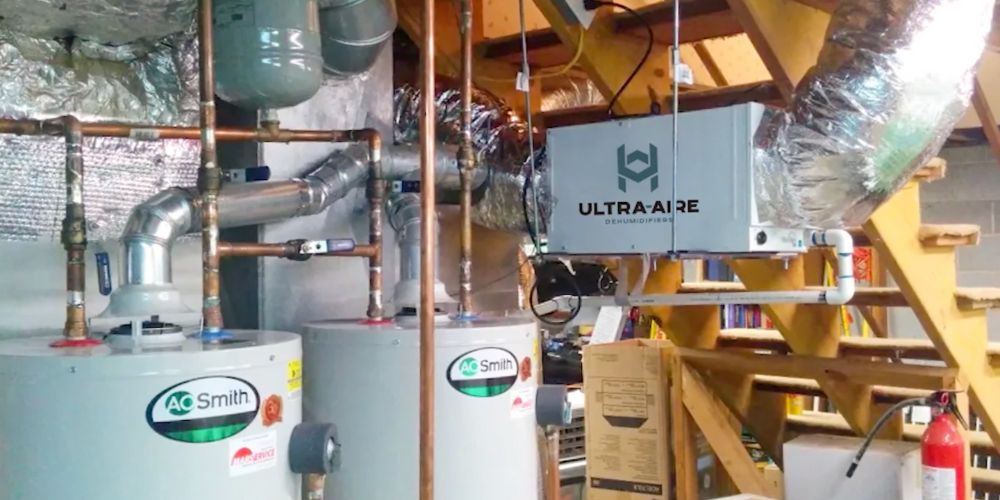
Most homeowners are already aware of the fact that installing a whole house dehumidifier in the HVAC unit is not as simple as installing a portable dehumidifier. The initial install time period, cost, and method for a portable unit are quite different from installing a whole house dehumidifier.
The installation costs for any type of dehumidifier will vary based on the locality, type of service, and the unit itself. On an average scale, the installation costs can range from $500 to 700$. Installation costs depend on several factors as already mentioned and the given dehumidifier installation costs can either go higher or lower. However, installing a whole house dehumidifier is definitely higher than installing portable dehumidifiers.
How big of a whole house dehumidifier do you need?
A whole home dehumidifier can cover anywhere from 1,500 sq ft to over 2,500 sq ft. There are plentiful models and brands of dehumidifiers available in the market to choose from. The size and pint capacity of the whole house dehumidifiers that will suit your requirement can be identified after evaluating the space and existing relative humidity conditions of the home.
Who should go for a whole house dehumidifier?
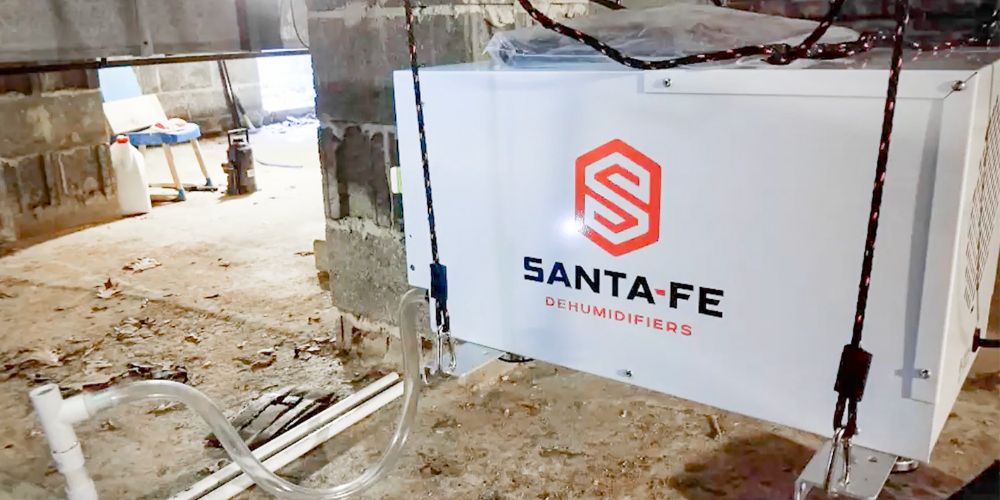
A whole house dehumidifier is expensive and not a suitable choice for every home. Larger homes with larger square feet area will benefit from installing whole house dehumidifiers. The following are a few of the many reasons that will help you decide if your home needs a whole house dehumidifier.
Large home
A whole house unit comes with a large capacity. If your home has a large square feet area, of over 2,500 sq ft., and it battles against high humidity levels, a whole house dehumidifier is a good choice for you. Investing in whole house dehumidifiers to maintain the ideal relative humidity levels of a large space is cost-effective and highly efficient.
Relative humidity
It is a fact that geographically the relative humidity levels of certain areas are difficult to be maintained. The ideal relative humidity level for a home is expected to be between 30 and 50 percent. In certain areas maintaining this level of relative humidity is a difficult task. If your large home needs help in keeping the relative humidity balanced, you can invest in whole house dehumidifiers.
Indoor air quality
Whole house dehumidifiers are excellent devices to get assistance from when it comes to maintaining better indoor air quality. Although some homes trust in the action of air purifiers, a dehumidifier has an entirely different strategy to handle the indoor air quality.
Removing the ideal conditions that support the growth and proliferation of allergens, like high moisture levels and humidity is essential. Once this is handled you are left with better indoor air quality. The quality of the air you acquire after being treated by an air conditioner or heat pump will also improve drastically by using a dehumidifier.
Energy costs
Did you know that a way to save money on energy bills is to look into the relative humidity levels of the place? When the humidity and moisture levels of space are high, the existing heating and cooling system (air conditioner or AC unit) will have to use more power to function to either keep you from feeling hot or cold. As a result of this, the energy efficiency of the AC units or heating units will reduce and energy savings is lost.
An effective way to save money on your energy bill and increase the energy efficiency and also the performance of your other appliances (especially the AC unit and heater) is to invest in a suitable whole house dehumidifier.
Home value
Suppose you are a homeowner looking forward to increasing the home value of your house, investing in a highly efficient whole home dehumidifier is recommended. It is a good selling point when whole home dehumidifiers protect the home from several damaging factors.
Excess levels of moisture and relative humidity, mold damage, dampness, unpleasant odor, high energy bills, etc., are a few of the many concerns that can be taken care of by a whole home dehumidifier. The upfront cost of a house automatically increases when one of the bigger issues, like dehumidification is already taken care of.
FAQ Section
1. How long do whole house dehumidifiers last?
The lifespan of whole house dehumidifiers is expected to be between 5 to 10 years. This durability can vary based on the brand, size and capacity, and maintenance of the unit.
2. Where should a whole house dehumidifier be installed?
Experts advise that a new whole house dehumidifier must be installed into the existing HVAC unit or central AC unit of the house. Installing a new whole house dehumidifier into the AC unit enhances the performance of both appliances.
Along with improved comfort, you also get lesser humidity and moisture levels and better indoor air quality.
3. Do you need a dehumidifier if you have central air conditioning?
Yes. It is highly recommended that an investment in a new whole house dehumidifier to work along with the central air conditioner of the house is the perfect combination to get a comfortable environment. The air conditioner ensures the air is cool and the space has the ideal temperature, meanwhile the dehumidifier unit ensures that the space has the perfect relative humidity.
When both units work together the indoor air quality is also drastically improved. Additionally, energy bills from using air conditioners can also be expected to be lesser when a dehumidification system is in place.
4. Can you add a dehumidifier to the existing HVAC system?
Yes, you can add a dehumidifier to your existing HVAC system as long as it is a whole house unit and not a small portable dehumidifier. Speak to a professional for assistance and guidance on the same.
5. How do you drain a whole house dehumidifier?
Most whole house units are drained through the back of the unit with the help of a hose. Read the user manual or reach out to a professional for a better understanding of the specific model that you have.
Wrapping Up
That is an end to this article. We hope we could explain the importance of investing in a whole house dehumidifier and how it operates to maintain the desired relative humidity level of a place. Share with us your experiences of using a whole house dehumidifier and how effectively it operates to extract moisture from the air.

About The Author
Olivia — a self-confessed air quality addict — is a home climate enthusiast, fresh air advocate, and someone with deep personal experience and knowledge about mold extermination. Her work was mentioned in countless notable humidity publications. Previously she was an editor at Mold Remediation.
